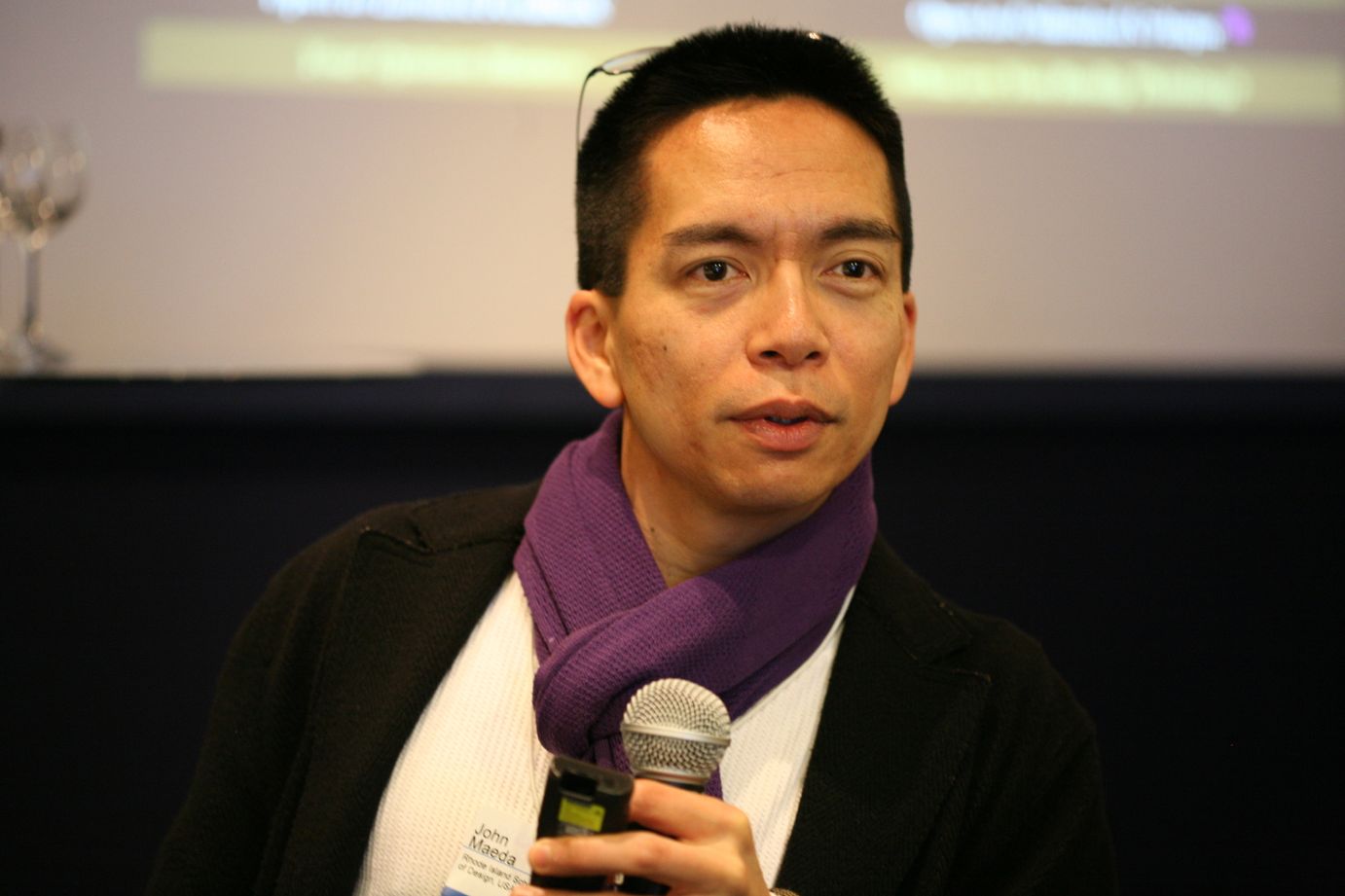This post by John Maeda first appeared in WSJ Accelerators, 2/21/14
Since arriving in Silicon Valley six weeks ago, I’ve spent time with designers at Flipboard, Chegg, Nest, AboutLife, FindTheBest, MyFitnessPal, Square, Codecademy, Gumroad (all Kleiner Perkins Caufield & Byers portfolio companies) and about 20 others. I often feel that there are as many startups as there were students at Rhode Island School of Design, the college I used to run. And just like each individual RISD student impressed me with their creativity, each company I meet fills me with creative inspiration and hope. Startups are not unlike art and design students — they both bring an uncanny work ethic to challenges and opportunities that would normally be viewed as impossible to tackle.
Yet some startups clearly “get” design more than others. Among the companies I’ve met so far, those that are successfully using design consistently practice three key principles:
-
Start with design, and don’t just end with it: Design is most potent when seen as a competency that is built in at the very beginning and throughout the evolution of a technology-based product. Apple, Flipboard and Square are great examples of this approach. It’s much more common to prototype and develop a technology to completion, and then later tack on design to “pretty-it-up.” This latter approach can compromise the delight of the ultimate user experience.
-
Let designers code, and engineers design: In the early stages of a company, when roles are more fluid, there’s room to blur the definition of a designer as someone who can also code, and an engineer as someone who can make design decisions. Such people serve as unique “bridges” that can accelerate design and technology development. Though commonly referred to as elusive “unicorns,” these types are becoming less rare as coding becomes a more accessible skill.
-
Don’t view business as an anathema to designers: Although it’s not uncommon for art schools and university design departments to view commercial success as “selling out,” there are scores of designers who see business as a vital constraint to reconcile. I recall in my own career evolution a time when people would tell me that I’m a creative person, so I shouldn’t worry about things like money. I subsequently got my MBA, and have found many designers who get excited about strategic financial matters and organizational development challenges.
Design is big in Silicon Valley, and the reason why is quite simple. The marginal excitement generated by more memory or faster processor speeds has lost its allure in recent years because there’s generally enough computing horsepower to do everything we might want to do. So we don’t yearn for the bigger, brighter or even cheaper as much anymore. We now choose based upon design – the answer to “how it feels” versus “how fast it is.”
The problem with design is that it doesn’t obey something like Moore’s Law – in other words, there’s no way to double the quality of design every 18 months at the same price. Design is a human skill that, for now, even Google can’t automate. Why is that so?
It’s because design addresses both rational and irrational needs that we all have. The rational part is difficult, but doable; it’s the irrational, human part that is hard. The rational part can be engineered and prepared to perfection; the irrational part needs to be engineered with the same kind of precision, but must also be timely and relevant to how the consumer feels.
For example, if you’ve ever been on the edges of a teenager shopping for a prom dress, you know that all dresses are the same basic form, but “the one” can only be found after an exhaustive search that defies common sense. The result, however, is clear: there is “the one.” It works, or it doesn’t. Design is like that. You just get one chance. Or, said in Silicon Valley-speak, it’s about “getting the 1.0 just right.” And whereas the 1.0 question used to be one about engineering quality, it must now show design quality too.
Great design needs great technology – the two are intertwined. You don’t get a BMW design experience without exceptional engineering, the same way you don’t love using a Dyson vacuum if it’s not picking the dirt up off of your carpet. There’s tremendous skill, quality, and creativity inherent to the technology that is engineered here in Silicon Valley, and as one company in Cupertino has asserted its supremacy with Designed in California, you can expect many more to come.
